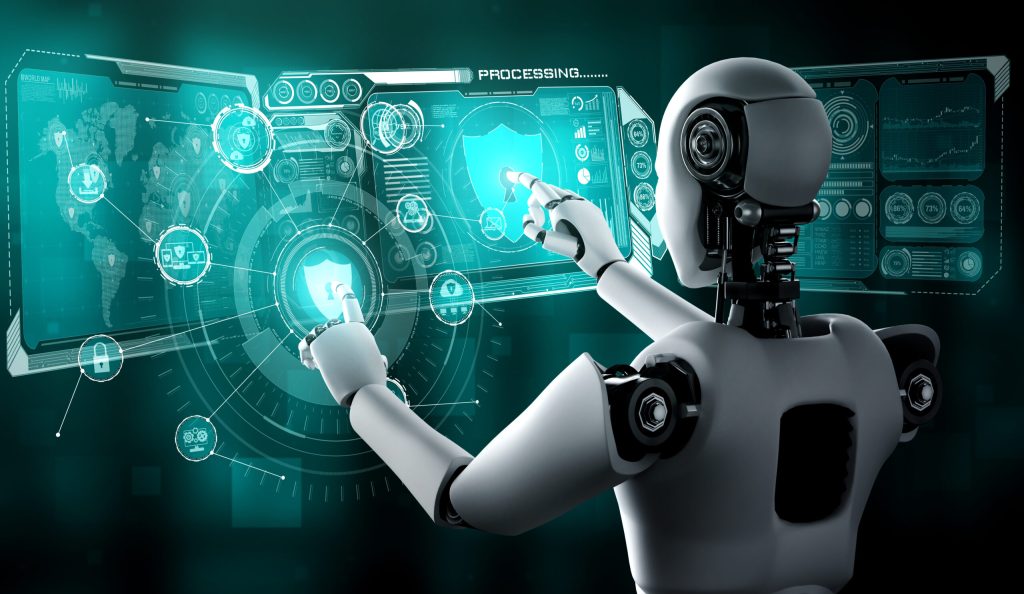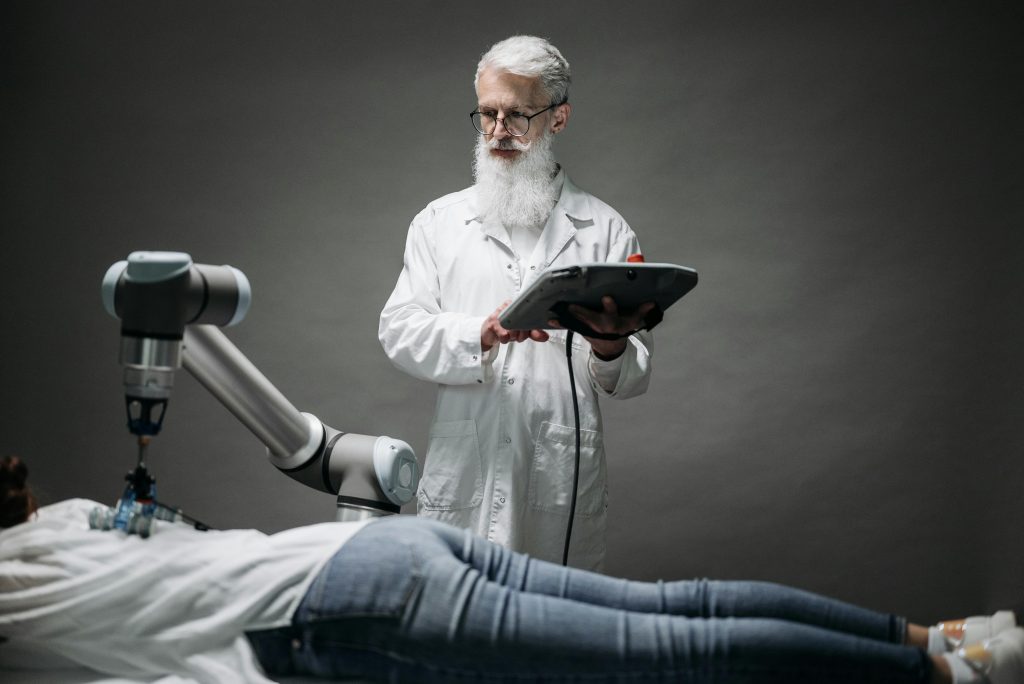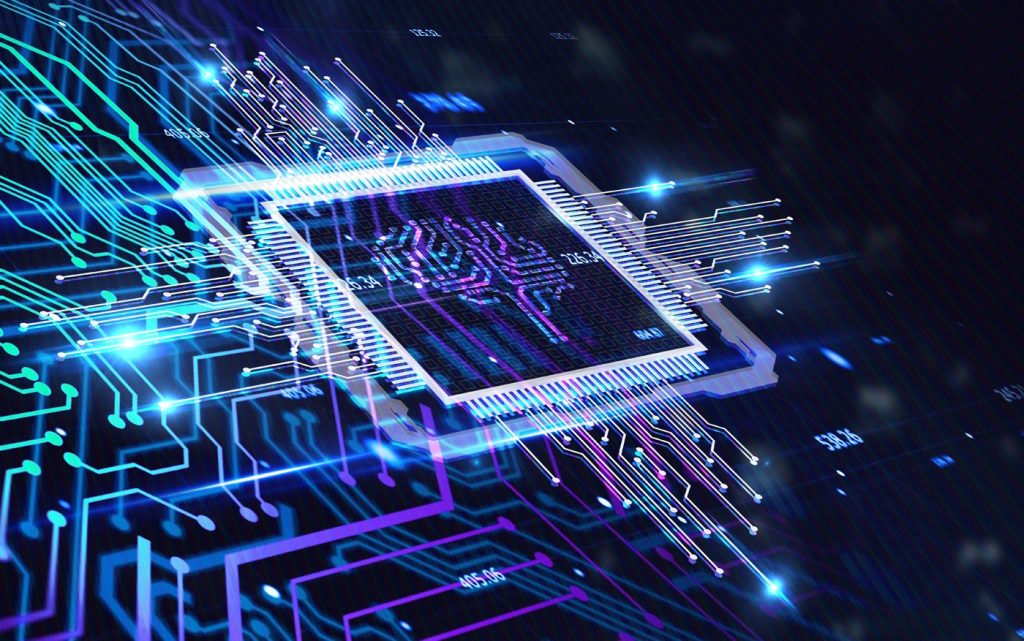
Introduction
Health Information Technology is a phrase that would have quickly become moldy to anyone remotely interested in medicine and patient care if not for the fact that it has been constantly evolving and adapting to the changing landscape of healthcare.
Driven by advances in technology, shifting patient needs, and the ongoing quest for improved healthcare outcomes, HIT is a dynamic and enduring field that continues to transform the way healthcare is delivered and received.
But the average person, and maybe even for some specialists, the nuances of Health Information Technology haven’t been quite clear over the years.
If you’re searching for information on Health Information Technology, you’re likely wondering how it’s impacting patient care, what benefits and drawbacks it has, and what the future holds for this rapidly evolving field.
If you’re curious about what Health Information Technology entails, how it affects healthcare professionals and patients alike, or its future impact on the industry, this article aims to answer all of your questions, even ones you didn’t know you had.
We’ll break down the definition, benefits, drawbacks, and emerging trends of HIT, giving you a clear picture of its role in modern healthcare and what to expect in the years to come.

What Is Health Information Technology?
Health Information Technology (HIT) refers to the use of technology to manage health information for improving patient care, streamlining medical processes, and enhancing efficiency in healthcare settings.
Quite simply, Health Information Technology is the application of tech in healthcare.
A Brief History of Health Information Technology
Though the phrase itself is relatively new, the concept of using technology in healthcare isn’t entirely new. Hospitals had begun adopting technology in the provision of healthcare services as early as the 1960s, but these were costly and limited in functionality.
The major transformation came in the 1990s and early 2000s with the introduction of electronic health records (EHRs), which allowed doctors and hospitals to store and share patient information digitally.
But the real icebreaker was in 2009, when the U.S. government passed the Health Information Technology for Economic and Clinical Health (HITECH) Act. This act encouraged hospitals and clinics to adopt Electronic Health Records (EHRs). This marked a turning point, leading to widespread digitization in healthcare.
Currently, over 86% of U.S. office-based physicians now use an EHR system. This widespread adoption has significantly improved patient safety by reducing medication errors and enhancing medical decision-making.
The Diverse Landscape Of Health Information Technology
Of course, when talking about health information technology, we’re not just talking about databases that store patients’ records. There are several examples of health IT, all serving different purposes.
Some examples of health IT include:
1. Knowledge management platforms: This is a digital library that provides healthcare professionals with instant access to the latest medical research, guidelines, and best practices. As a centralized system, it stores and organizes this information, helping doctors and nurses stay current and make informed decisions about patient care.
2. e-Prescribing: This technology enables physicians to send prescriptions electronically to the pharmacy, eliminating the need for paper prescriptions.
3. Electronic Health Records (EHRs): These are systems that store a patient’s comprehensive medical history, including diagnoses, medications, treatment plans, and laboratory test results.
4. Telemedicine platforms: Enable remote consultations between patients and healthcare providers, expanding access to care.
5. Mobile health applications: Empower patients to take charge of their health, tracking vital signs, monitoring chronic conditions, and receiving personalized guidance.
6. Clinical decision support systems: Provide healthcare providers with real-time, evidence-based guidance to inform diagnosis and treatment decisions.
7. Health information exchanges: Facilitate the secure sharing of patient data between healthcare providers, ensuring continuity of care.
Pros Of Health Information Technology
Transforming patient care through
Health Information Technology (HIT) has revolutionized the healthcare industry. This has brought about numerous benefits that enhance patient care, improve efficiency, and reduce costs. Some key advantages of Health Information Technology include:
1. Improved Efficiency and Accessibility:
Hospitals and clinics can use Electronic
Health Records (EHRs) to access patient records instantly. This reduces paperwork and administrative delays. For instance, a doctor in an emergency room can retrieve a patient’s history in seconds, allowing for faster and more accurate treatment. Automated reminders also reduces no-show rates and streamline scheduling.
2. Enhanced Patient Engagement and Empowerment:
Patient portals and secure messaging enable individuals to take a more active role in their care. Patients can schedule appointments, check test results, and communicate with their doctors online, leading to better health literacy and self-management.
3. Better Coordination of Care and Improved Patient Outcomes:
With digital records, multiple healthcare providers can access a patient’s medical history, ensuring continuity of care. EHRs can also alert providers to potential medication interactions or allergies, leading to better diagnosis, treatment, and outcomes.
4. Reduced Medical Errors and Improved Patient Safety:
EHRs help prevent medication mix-ups, misdiagnoses, and duplicate tests. Automated alerts warn doctors about potential drug interactions, ensuring patient safety. A study by the Journal of Patient Safety found that hospitals using EHRs reported fewer prescription-related errors.
5. Cost Savings and Better Data Analysis:
By reducing paperwork, minimizing errors, and streamlining workflows, HIT helps healthcare providers cut costs. Telemedicine platforms, for example, reduce the need for in-person visits, saving both patients and hospitals money. HIT also provides valuable insights into patient data, enabling healthcare providers to identify trends, track outcomes, and make data-driven decisions.

Cons Of Health Information Technology
While Health Information Technology (HIT) has revolutionized the healthcare industry, it’s not all lilies and roses. Just like about everything else on Earth, Health Information Technology also has it’s drawbacks as far as patient care is concerned. Some of the drawbacks include:
1. Cybersecurity Risks and Data Breaches:
Healthcare data is a very juicy target for cybercriminals because of how important it is. This fact is supported by statistics which states that 45% of all data breaches in 2023 concerned healthcare data. The consequences of a breach can be devastating, leading to identity theft, financial loss, and compromised patient care.
2. High Implementation and Maintenance Costs:
Adopting HIT systems requires significant financial investment, including hardware, software, and training staff. Smaller healthcare facilities, like those not owned by the government or large corporations, might find it hard to follow the trend.
3. Learning Curve and Technical Challenges:
Transitioning from paper records to digital systems is very challenging for both professionals and healthcare facilities, whose very administrative workings are based on paper records. Adopting tech in healthcare could lead to frustration and potential errors. It goes without saying that this is a dangerous possibility as far as healthcare is concerned.
4. System Downtime and Technical Failures:
If an HIT system crashes, doctors and nurses may be unable to access crucial patient records, delaying treatments. This can have serious consequences, particularly in emergency situations where every minute counts.
5. Risk of Over-Reliance on Technology and Privacy Concerns:
While automation is beneficial, it can sometimes lead to complacency. This is because it might push some physicians to rely too much on computer-generated diagnoses, instead of their own expertise. This might lead to wrong diagnosis. Additionally, patients worry about how their sensitive health data is stored and shared, highlighting the need for robust security measures and transparent data handling practices.
Possible Future Trends Of Health Information Technology
Health Information Technology (HIT) is rapidly evolving, driven by advances in technology, changing patient needs, and the ongoing quest for improved healthcare outcomes. Here are the key trends shaping the future of HIT:
1. Artificial Intelligence (AI) in Diagnostics and Patient Care:
AI is transforming medical diagnostics by analyzing vast amounts of patient data to detect diseases earlier and with greater accuracy. AI-powered tools like IBM Watson Health are already assisting doctors in diagnosing cancers and rare diseases with remarkable precision.
2. Blockchain for Secure Health Data and Interoperability:
Blockchain technology is emerging as a solution for securing patient records and preventing unauthorized access. By decentralizing data storage, blockchain prevents tampering and reduces fraud. Additionally, efforts are underway to make different HIT systems communicate better, enabling seamless data exchange between healthcare providers.
3. Expansion of Telehealth Services and Virtual Health:
The demand for virtual healthcare services is expected to grow, especially for mental health consultations and chronic disease management. The COVID-19 pandemic accelerated telehealth adoption, and many patients now prefer remote doctor visits for minor health concerns.
4. Wearable Health Tech, Remote Monitoring, and Preventive Healthcare:
Smartwatches and wearable health devices will play an even bigger role in preventive healthcare, tracking heart rates, sleep patterns, and fitness levels. Already, we can see signs of these as companies like Apple and Fitbit continuously improve wearable technology to detect early signs of health issues.
5. Personalized Medicine, Genomics, and Big Data Analytics:
Imagine a healthcare system where each treatment is unique, specifically tailored for an individual and perfectly suited to that individual. Though it sounds like a dream, advancements in genetic research promises to make it a reality. By analyzing genetic information and vast amounts of patient data, doctors can tailor treatments to individual patients.
Conclusion
As we look back on the journey of Health Information Technology (HIT), one thing is clear: it has revolutionized the way we experience healthcare. From improving patient outcomes and streamlining clinical workflows to reducing costs and enhancing the overall care experience, HIT has been a game-changer.
But we also know that HIT isn’t a magic solution. It comes with its own set of challenges, like cybersecurity threats, steep implementation costs, and technical hurdles. Yet, as we look to the future, we’re excited about the potential of emerging trends like artificial intelligence, blockchain, and personalized medicine to shape the HIT landscape.
The truth is, HIT is a complex and ever-changing field that requires collaboration and understanding from all stakeholders. By working together – healthcare professionals, patients, and stakeholders alike – we can unlock the full potential of HIT and create a more compassionate, efficient, and patient-centered healthcare system.








